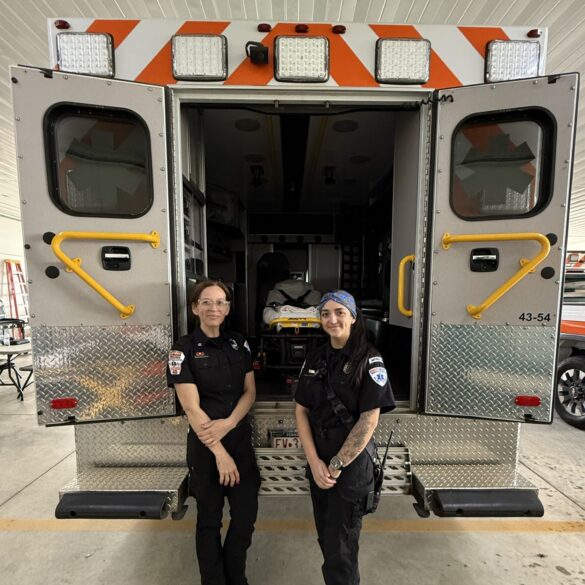Emergency Medical Careers That Save Lives
Whether you’re looking to start a career in emergency medical services or wanting to understand the crucial differences between Emergency Medical Technicians (EMTs) and Paramedics, this guide will provide the clarity you need.
Discover the training, responsibilities, and skill sets required for each role. Both EMTs and Paramedics are on the front lines of healthcare, but their level of care and training varies. Ready to make a difference? Start your journey today.
Emergency Medical Technician (EMT-B)
EMT-Basics, also known as EMT-Bs or simply EMTs, are trained to provide basic emergency medical care. They are certified to perform Essential interventions such as CPR, basic airway management, splinting, bandaging, and administering some medications. EMT-Basics Typically work in ambulance services, fire departments and other medical services (EMS) settings
Advanced Emergency Medical Technician (AEMT)
Advanced EMTs have additional training and certification beyond the EMT-Basic level. They are trained to perform more advanced medical procedures and interventions, including intravenous (IV) therapy, advanced airway management, and adminstration of a broader range of medications. AEMTs bridge the gap between EMT-Basics and Paramedcs, providing intermediate-level care in emergency situations
Paramedic (EMT-P)
Paramedics are the highest level of EMTs and have the most advanced training and certification. They are trained to provide advanced life support (ALS) interventions, including advanced airway management, cardiac monitoring, IV therapy, medication administration, and interpretation of electrocardiograms (ECGs). Paramedics play a critical role in managing complex medical emergencies and trauma cases, often working in ambulance services, emergency departments, and critical care transport teams.

